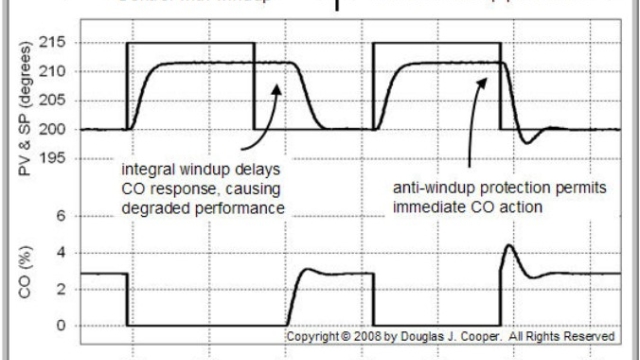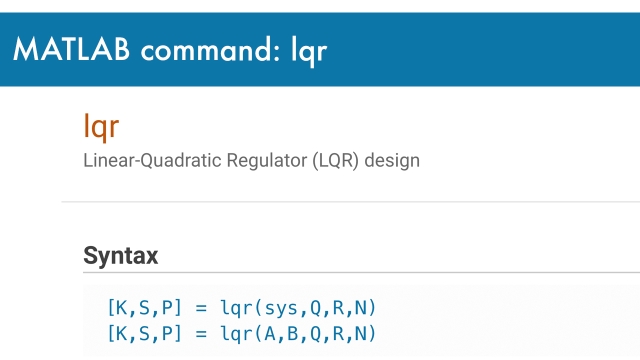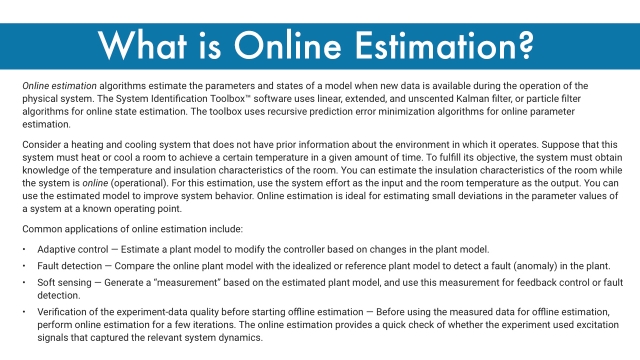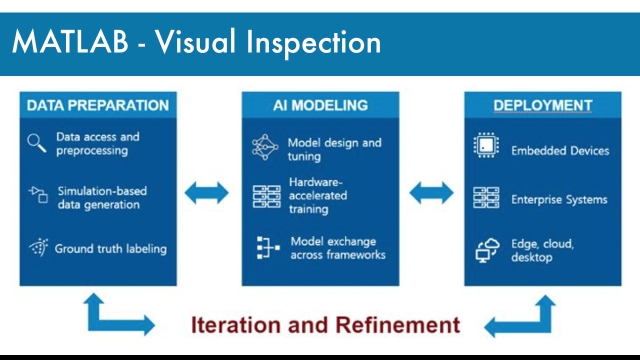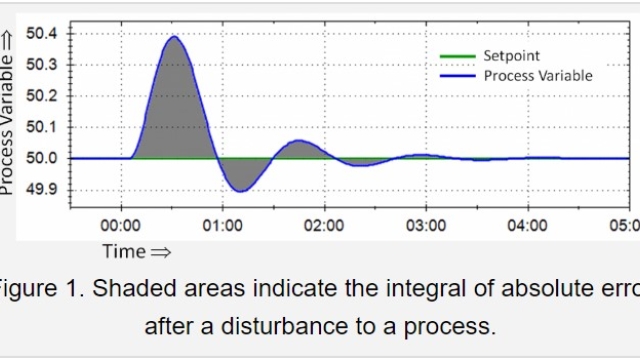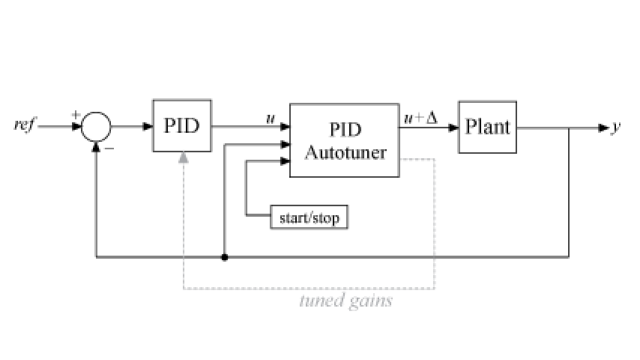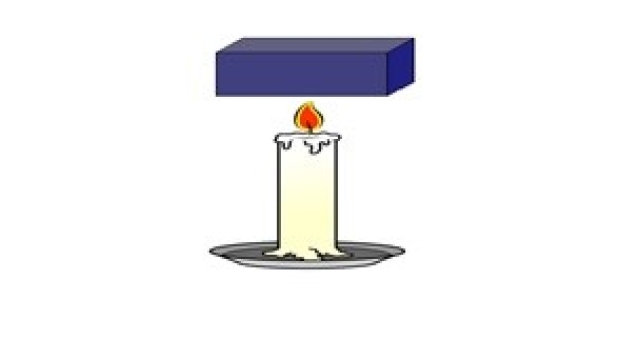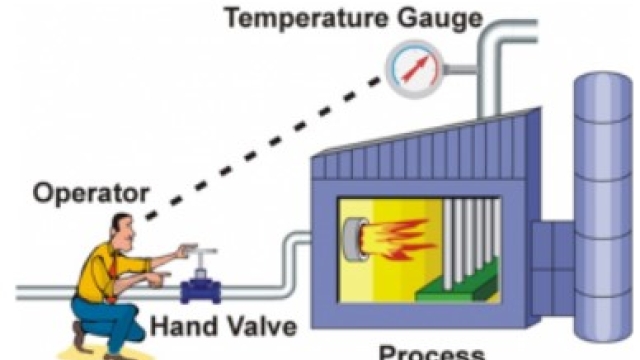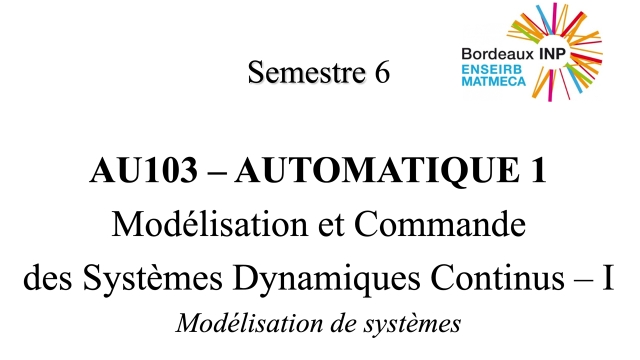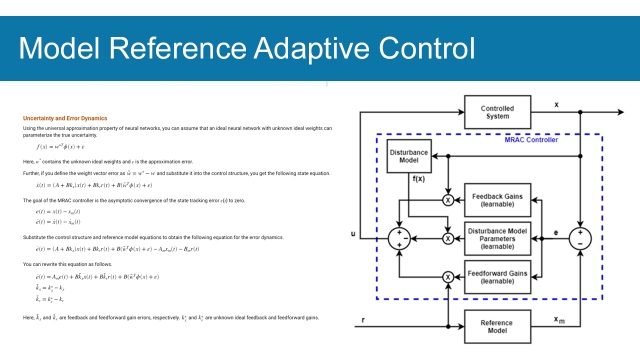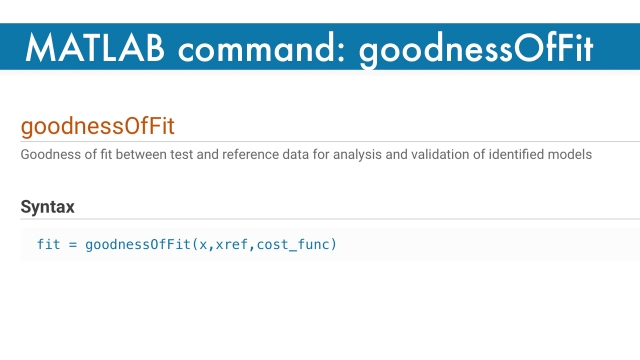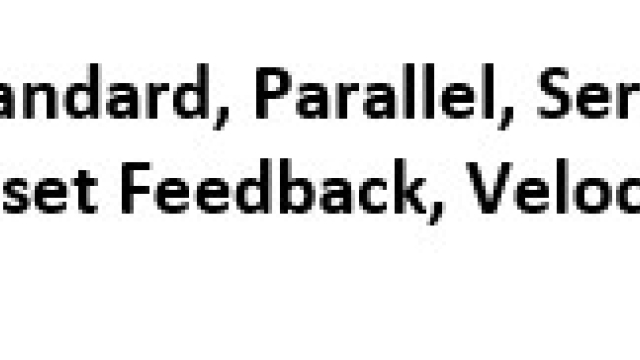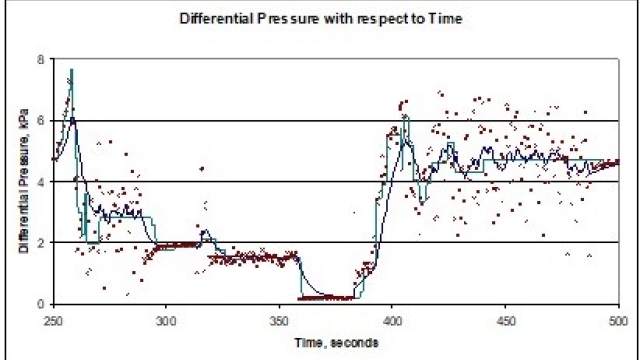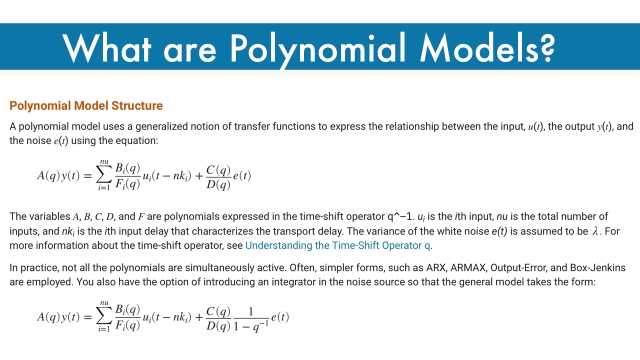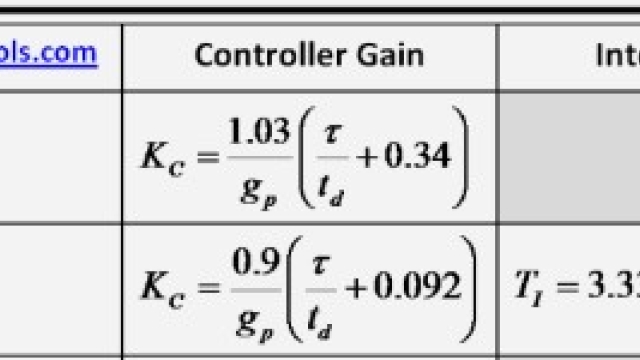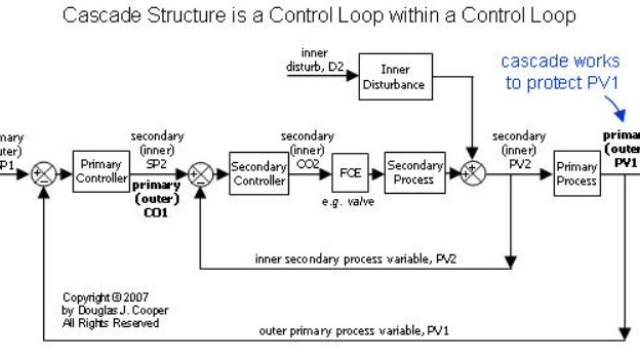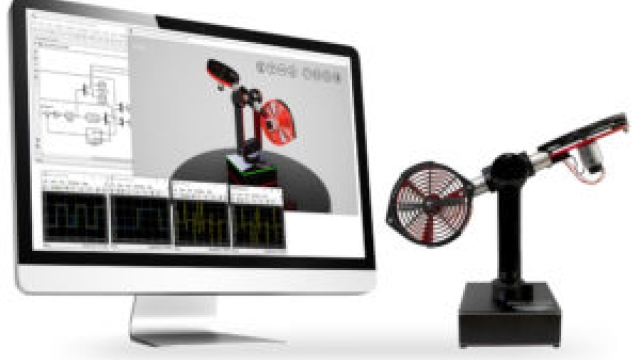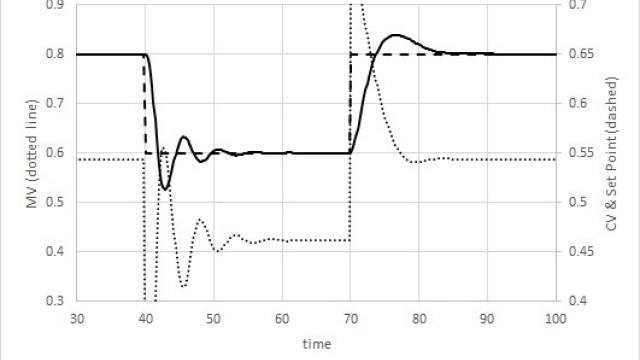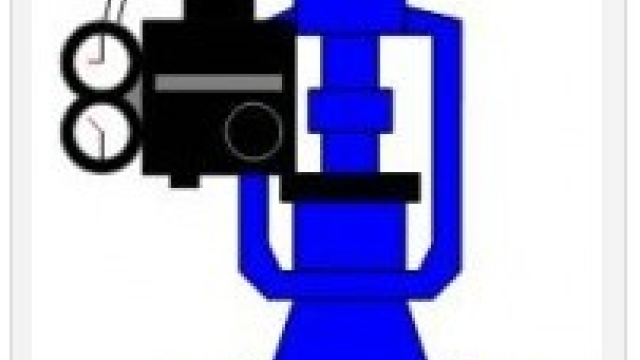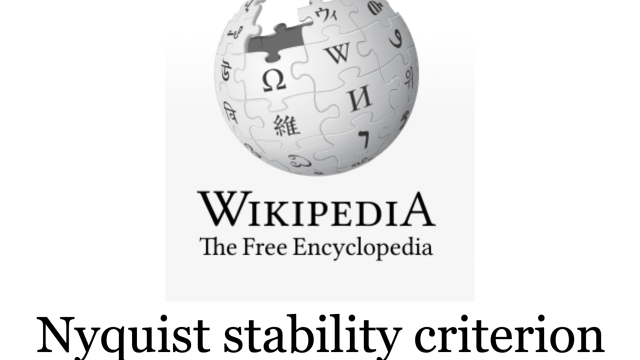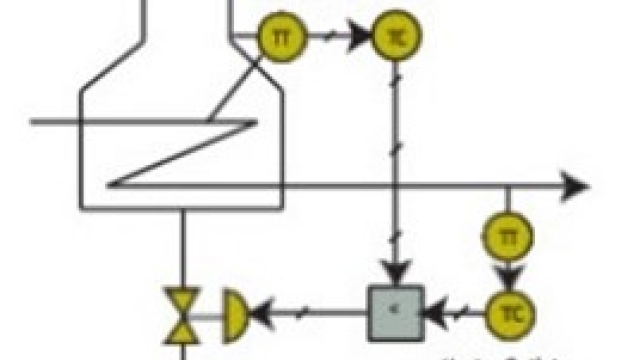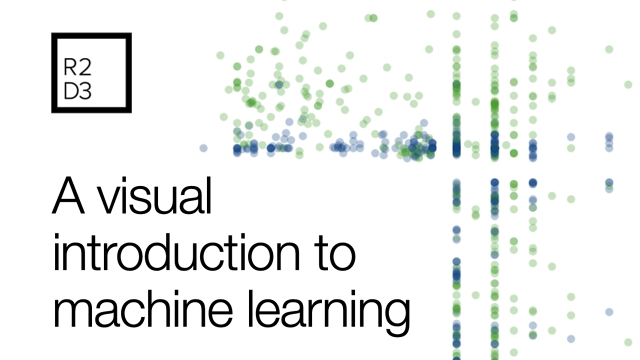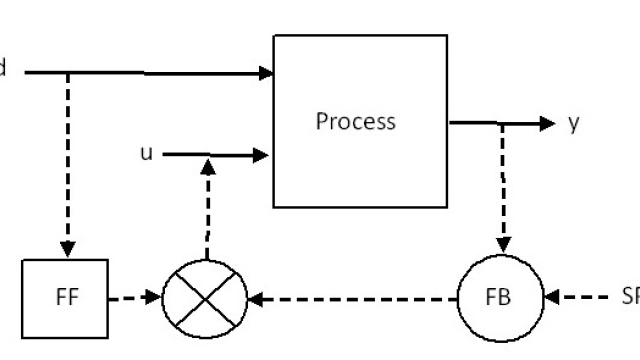
Integral Wind-Up and Solution
What is integral wind-up and how velocity mode solves it.
See MoreMATLAB Command: lqr
MATLAB command documentation for the Linear-Quadratic Regulator (lqr) function.
See MoreWhat Is Online Estimation?
This Mathworks document describes online estimation. Online estimation algorithms estimate the parameters and states of a model when new data is available during the operation of the...
See MoreMATLAB Discovery Page - Visual Inspection
Visual inspection is the image-based inspection of parts where a camera scans the part under test for both failures and quality defects. Automated inspection and defect detection are...
See MoreMin IAE Tuning
Procedure and Commentary on tuning for minimum Integral of the Absolute Error
See MoreOnline Tuning using Simulink’s Closed-Loop PID Autotuner Block
Learn how to conduct an online tuning of a PI-speed controller using the MATLAB/Simulink Closed-Loop PID Autotuner Block. Tuned controller is validated on a Quanser QLabs Virtual QUBE-Servo...
See MoreProcess Control is Inventory Control
You change the inventory of heat to change temperature. You change the inventory of material to change level. Understanding how the inventory relates to the controlled variable is...
See MorePID Explained
A qualitative explanation of P, I, & D actions using graphs.
See MoreLectures on Modelling and Control of Dynamic Systems (French)
Lectures on Modelling and Control of Dynamic Systems from Patrick Lanusse of Bordeaux INP, France.
See MoreMathworks Model Reference Adaptive Control Overview
This website provides an overview of the mathematics behind Model Reference Adaptive Control (MRAC). MRAC is a model-based, real-time adaptive control algorithm that computes control actions...
See MoreMATLAB Command: goodnessOfFit
Goodness of fit between test and reference data for analysis and validation of identified models
See MorePID Controller Variations
It is important to understand the variations on the PID algorithm when tuning and when choosing a version that is consistent within your use context. Unfortunately, there are many names for...
See MoreBumpless Transfer and Tuning
Switching from MAN to AUTO mode or LOCAL to CASCADE or changing the controller integral time should not cause a change in the controller output, a bump. But a primitive coding of the PID...
See MoreA Statistical Noise Filter
A noise filter that uses Statistical Process Control (SPC) techniques to temper tampering
See MoreWhat are Polynomial Models?
This Mathworks page provides an overview of polynomial models.
See MoreCohen-Coon Tuning
A procedure and commentary on this tuning approach that includes deadtime.
See MoreCascade Control 2
An Implementation Recipe for Cascade Control
See MorePost-Pandemic: A Hybrid Lab Experience
This article discusses the importance of a hybrid laboratory model, blending physical hardware with digital twins. Example using the Quanser Interactive Lab (QLabs) platform is given.
See MoreTuning PID Controllers
Tuning controllers is the procedure for choosing the coefficient values for the P, I and D modes. It must be simple to execute, fast, and non-disruptive to the operating process. Heuristic...
See MoreControl Valve Problems
Control valve problems can severely affect control loop performance and, unless eliminated, they can make controller tuning a challenging (sometimes impossible) task. Some problems are quite...
See MoreNyquist Stability Criterion
The Wikipedia article on Nyquist Stability Criterion. This covers the Nyquist plot, the Cauchy argument principle, and the stability criterion itself. A mathematical derivation is also...
See MoreOverride and Reset Feedback
Override (Select, Safety, Switch) control observes an auxiliary variable and takes over from the primary controller when a limit is exceeded. Reset feedback is a method to prevent the non...
See MoreA Visual Introduction to Machine Learning
Machine Learning Explained in interactive visualizations (part 1).
See MoreFeedforward Control
When and how to use feedforward control
See MoreOverview of Dempster-Shafer Theory (Evidence Theory)
This is an overview of Dempster-Shafer Theory (Evidence Theory) that provides an introduction, definition, basic information about combination rules, some issues with the theory, and the...
See More
